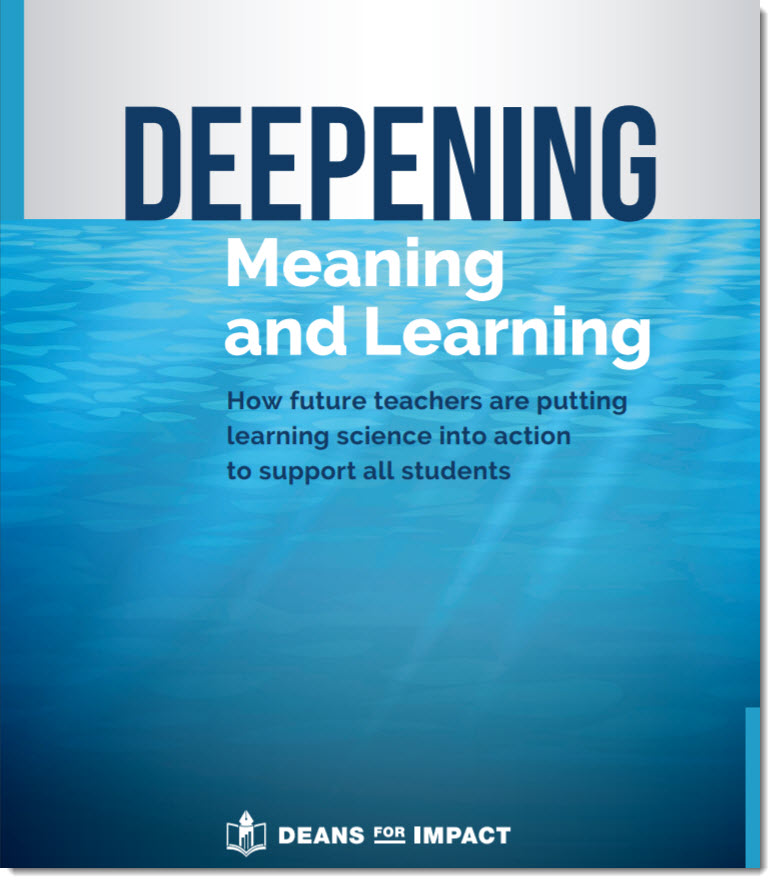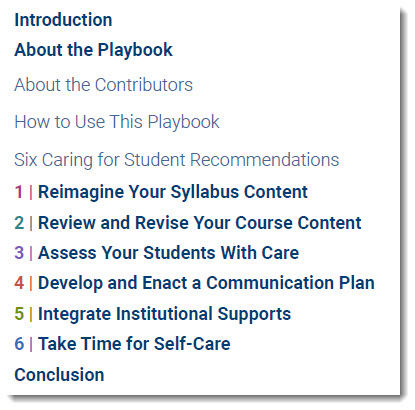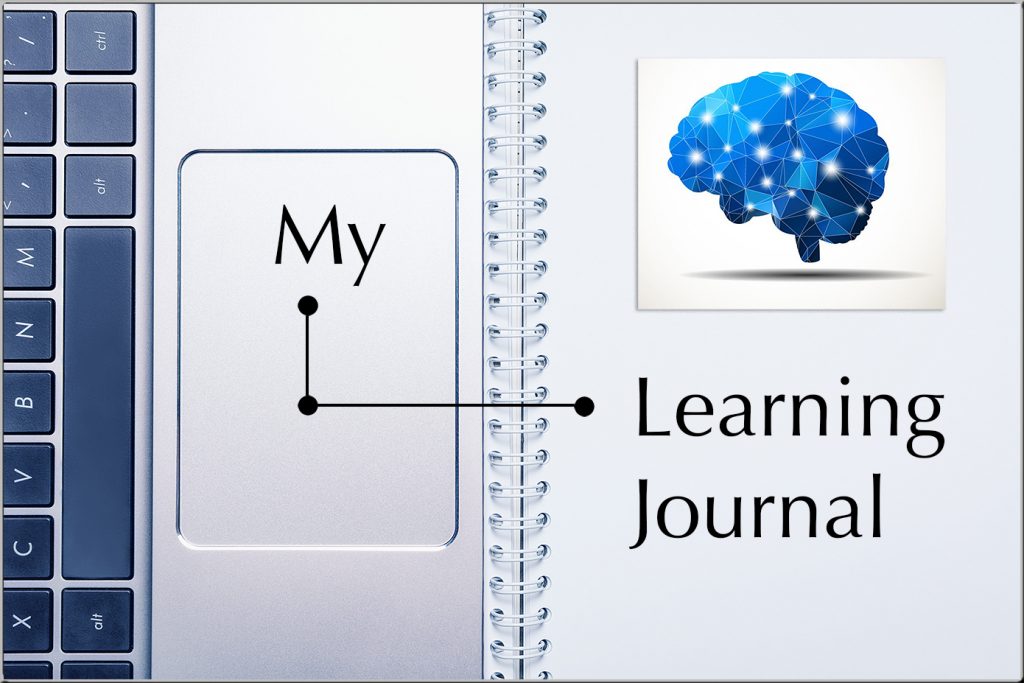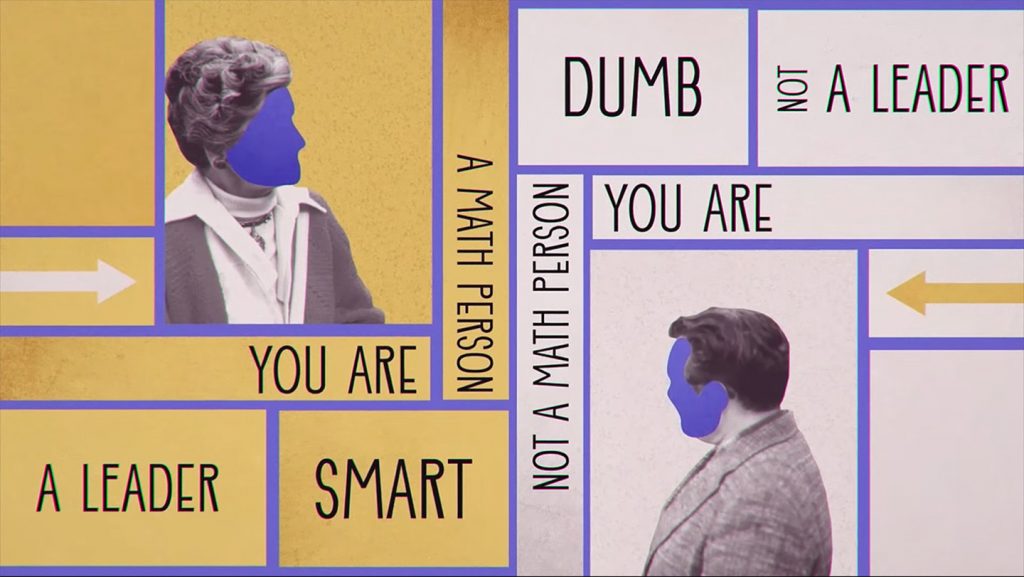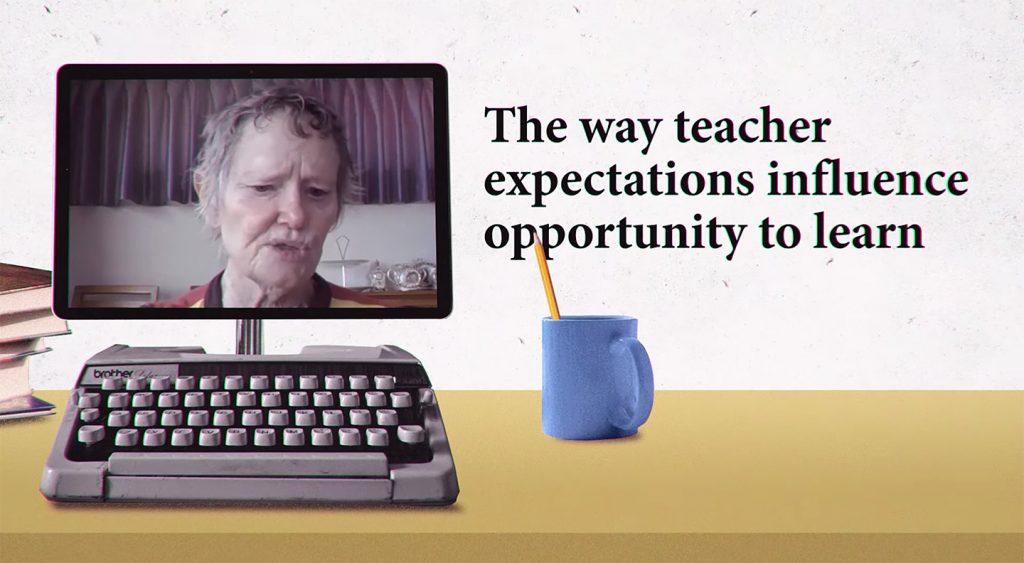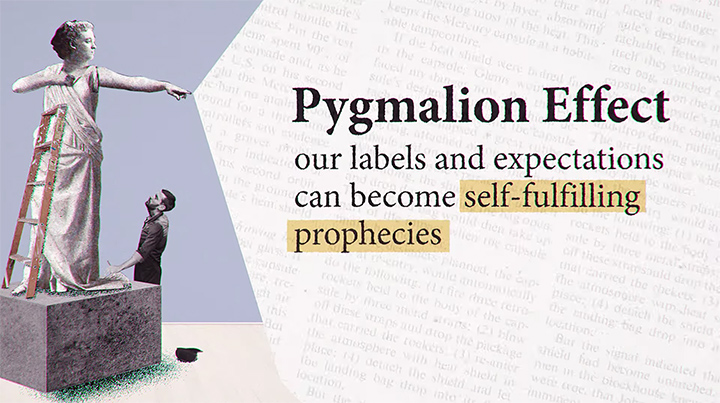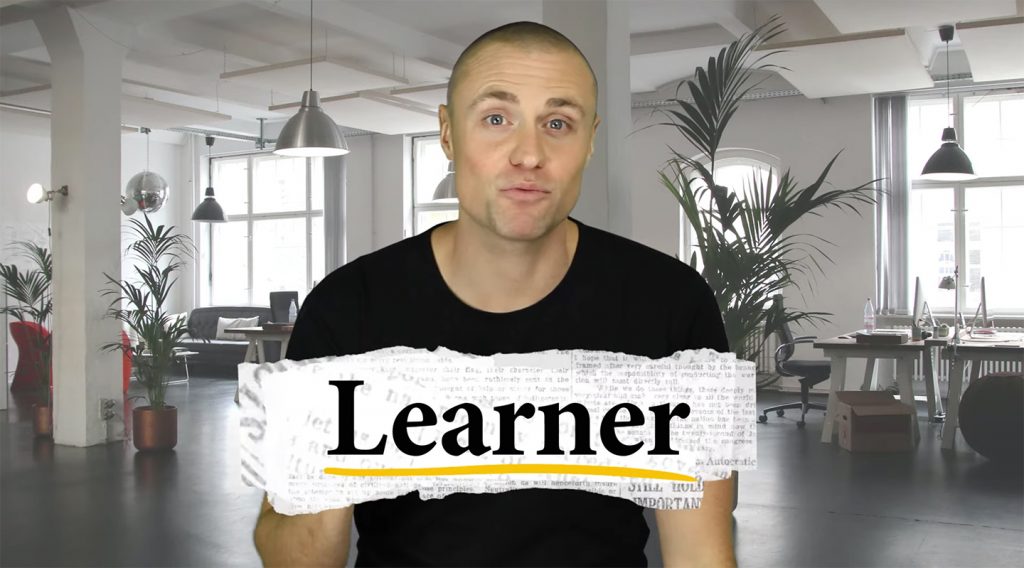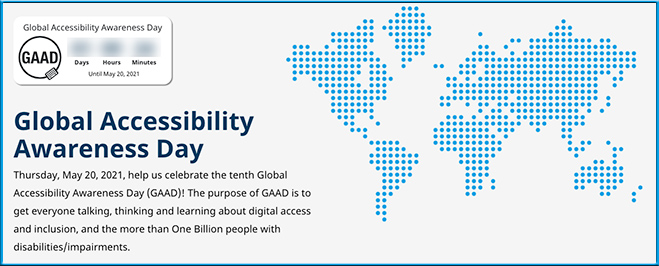HyFlex Learning from an Undergraduate Student’s Perspective: Positives and Pitfalls — from hyflexlearning.org by Ashley Peterson
Excerpt:
HyFlex learning: the learning method none of us expected, nor was quite ready for. On March 12, 2020, my school, the University of St. Thomas, announced that we would be transitioning to online learning for a few weeks – maybe even longer. That following fall semester was when HyFlex learning kicked into high gear, giving us students control over choosing the learning modality that worked for our needs. Though HyFlex learning came as a surprise, sometimes the least expected things are the most worthwhile. With over a year of online/HyFlex learning under my belt, I am now reflecting on the positives and the pitfalls of the time spent inside and outside the classroom as a college student.
Also see:
- Launching the HyFlex Learning Community Site — from hyflexlearning.org by Brian Beatty









